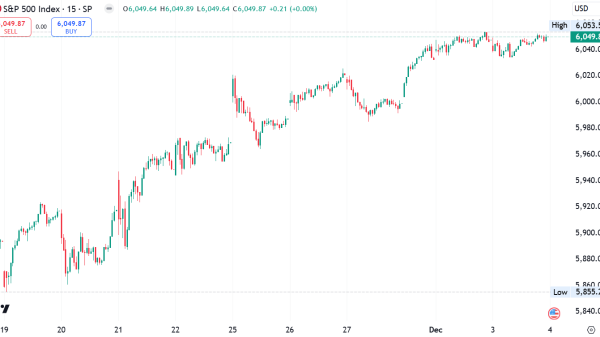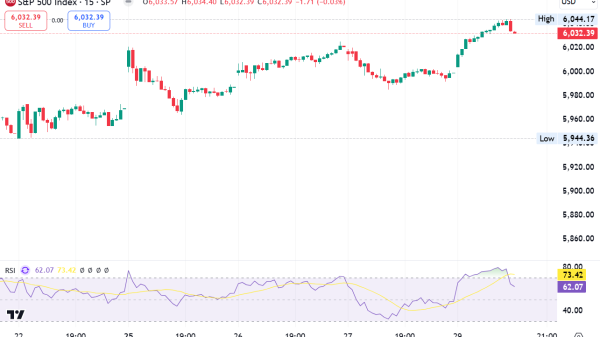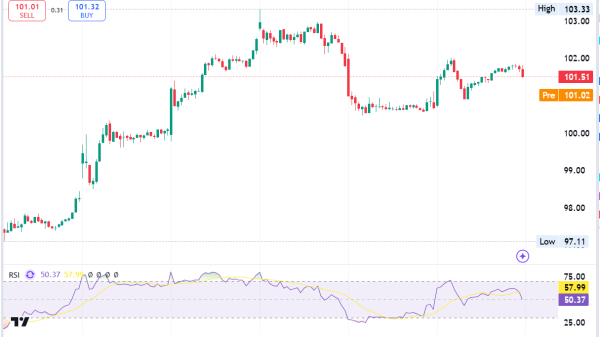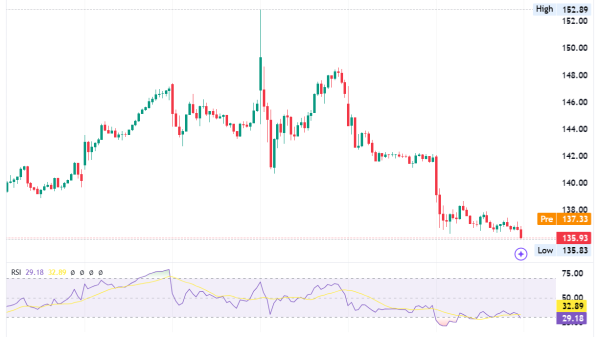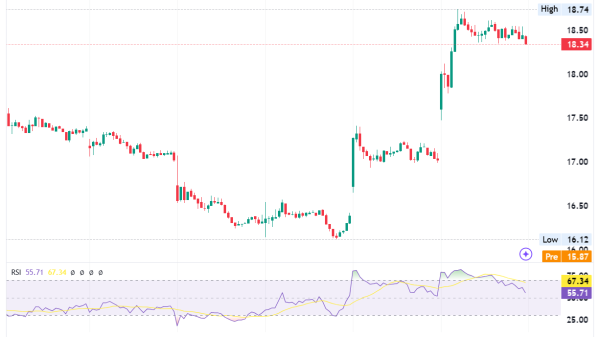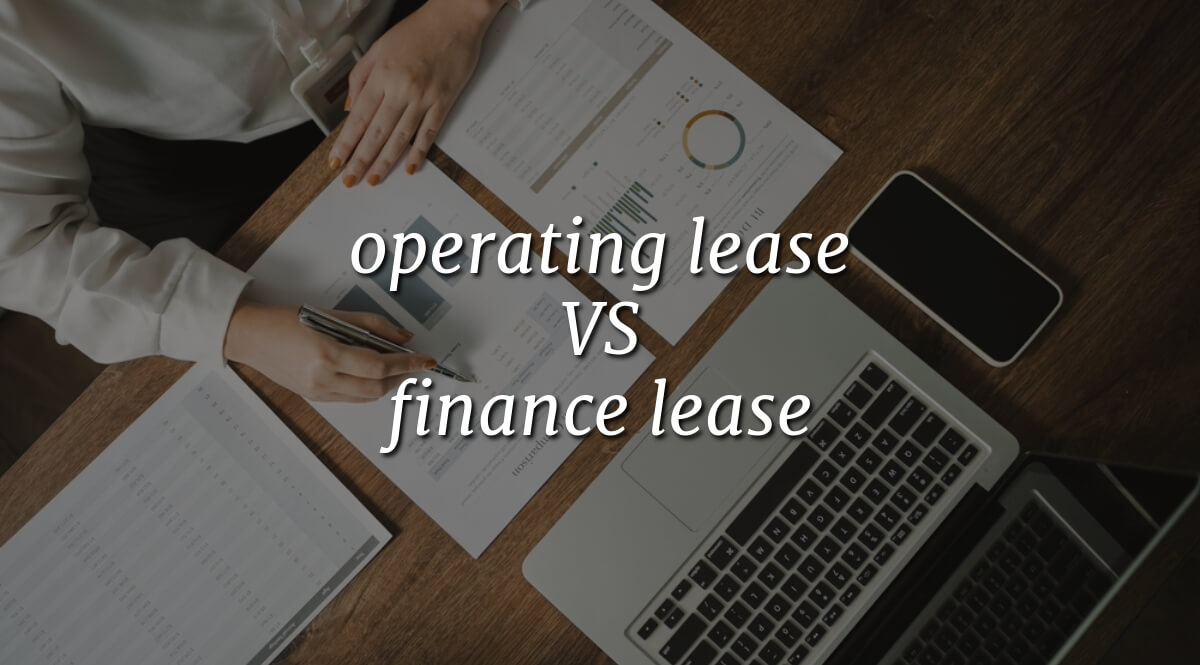Operating Lease Vs Finance Lease – Side By Side Comparison
Key Takeaways:
ASC 842 Changes: ASC 842 mandates listing operating leases over 12 months on balance sheets.
Lease Types: Operating leases are short-term without ownership transfer; finance leases are long-term and often lead to ownership.
Reporting Impact: Both lease types now appear on balance sheets due to ASC 842, eliminating previous off-balance-sheet advantages.
Expense Recognition: Operating leases spread costs evenly, while finance leases incur higher initial expenses that decrease over time.
Have you ever wondered why doing an Operating Lease vs Finance Lease comparison is crucial?
First, you should know that lease accounting was revolutionized with the introduction of the new accounting standard.
That standard was called “ASC 824” and was introduced by the famous Financial Accounting Standards Board. ASC 842 standard replaced the old GAAP standard ASC 840.
In accounting, both lease classification and recognition have changed. Before all that, leases were either capital or operating. Nowadays, we can see that capital leases are called finance leases.
However, their accounting remains the same. Operating leases are still named the same but are recognized differently.
We’ve covered only the basics. Let’s find all the classic definitions and learn more, shall we?
What is the Operating Lease meaning?
Operating leases represent rental agreements in which contract terms aren’t similar to the outright purchase of the leased asset. Here’s an example: There’s no ownership transfer once the lease concludes. In that case, the asset coil be leased to some other party.
It’s important to know that an operating lease is defined when none of the five criteria for lease classification are met. Previously, companies liked operating leases because they didn’t appear on balance sheets.
This improved their debt-to-equity ratio and made them seem financially stronger, which was important for getting loans.
Very commonly, these leases include short-term asset rental. Also, they refer to traditional leasing relationships.
Remember that, before all that, these leases were expensed under older accounting rules. Also, the balance sheet did not show the related liabilities or leased assets.
Nonetheless, present standards require recording assets and liabilities from op leases on financial statements.
Example of the operating lease
An operating lease occurs when lease payments are significantly lower than the asset’s value. This means it doesn’t meet the following criteria to be classified as a finance lease.
One example is when a lease is considered a finance lease. This happens when the total lease payments are similar to the asset’s fair market value.
It’s an operating lease if the lease term doesn’t cover a significant portion of the asset’s useful life or the payments don’t reflect the asset’s fair market value, indicating the lease does not resemble an asset purchase.
What does the Finance Lease mean?
The famous finance leases are capital leases under a different designation. A lease is classified as ‘finance’ in case it exhibits qualities akin to an asset purchase.
Keep in mind there are five key criteria to determine this classification. Any single criterion is sufficient for categorization as a ‘finance’ lease.
One example is when a lease is classified as a finance lease. This happens when the total payments of the lease are nearly the same as the asset’s fair market value.
Besides that, it also qualifies if the lease duration spans a significant portion of the asset’s useful life. Finance leases include imputed interest and are amortized over the lease period.
Example of Finance Lease
A finance lease example involves updated criteria from the old lease standard, which allows more flexibility in classifying leases. A lease is known as a finance lease if any of the following conditions are met:
Ownership of the asset gets transitioned to the lessee at the end of the lease term.
The lessee will likely exercise a purchase option at the end of the lease.
The leased asset is of no alternative use to the lessor post-lease.
The lease term covers most of the asset’s economic life (often defined as 75%).
The present value of the lease payments accounts for almost all the asset’s fair value (commonly 90%). Operating leases evenly distribute costs over the lease term. Finance leases, on the other hand, have higher initial expenses. These expenses decrease over time because of interest and amortization.
Which is Better: Finance or Operating Lease?
Leases, in this case, are responsible for the allowance of organizations to utilize essential assets without the following things:
Owning them
Saving money
Avoiding maintenance costs.
Previously, companies liked operating leases because they didn’t affect their balance sheets. This made them seem financially stronger, which was important for getting loans.
The ASC 842 standard now requires both operating and finance leases to be listed on the balance sheet, eliminating this benefit.
In addition, the particular expense recognition method varies between the two types of leases.
Operating leases evenly distribute costs over time. Finance leases have higher initial expenses that decrease over time because of interest and amortization.
What is the meaning of a Journal Entry for an Operating Lease?
ASC 842 has revised lease accounting rules; all operating leases over 12 months must appear on a company’s balance sheet.
When first recorded, an operating lease involves adding the following things: lease liability and a right-of-use (ROU) asset.
Subsequent entries reduce these amounts while recording regular lease expenses.
Are operating leases included on the balance sheet?
Before, U.S. companies liked operating leases because they didn’t have to show them as liabilities on their balance sheets. Under ASC 842, all operating leases must be recorded on the balance sheet.
See an article in the CPA Journal for an example of operating lease accounting under the new rules.
Benefits and Disadvantages of Operating and Finance Lease
It’s also important to know all the advantages and disadvantages of an Operating vs Finance lease. Let’s learn all about its advantages first, shall we?
Advantages Explained
No ownership responsibilities: Not owning an asset spares you from maintenance and repair costs.
Cost-effective leasing: Leasing can be substantially cheaper than buying, which is particularly advantageous for smaller or newer companies without the means to acquire expensive assets.
Lease flexibility allows you to rent an item for only the time you need it. This saves you money on purchasing, maintaining, and selling the item.
Disadvantages Explained
No equity buildup: Leasing provides no ownership equity in the asset.
Additional financing costs: Leasing may involve extra costs, like interest charges.
Potential for higher overall costs: If you lease an asset for an extended period, you may pay more than its market value at the start of the lease.
Frequent renegotiations: The short-term nature of many leases means that terms must be renegotiated regularly, potentially leading to higher rates or fees imposed by the lessor.
Bottom line
Operating leases let businesses rent rather than buy assets, which is often cheaper, especially for small and medium-sized companies that can’t afford expensive assets.
For leases over 12 months, businesses need to list these as assets and liabilities on their balance sheets, giving a truer picture of their financial responsibilities and value.
The post Operating Lease Vs Finance Lease – Side By Side Comparison appeared first on FinanceBrokerage.





















